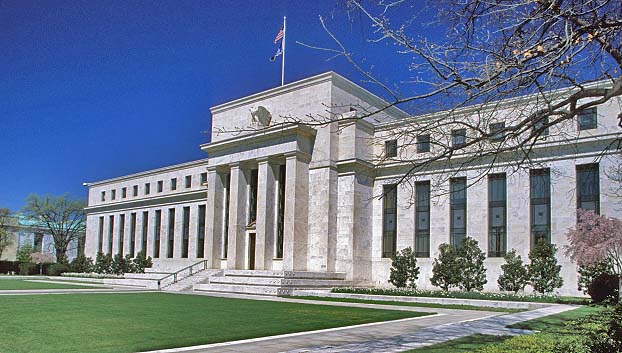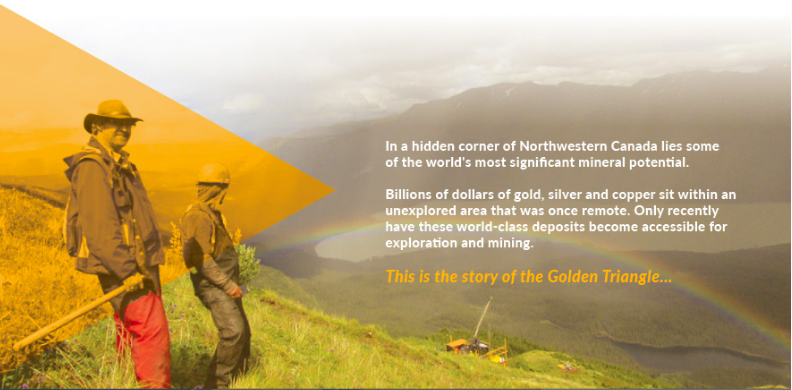Timing & trends
 In Ansbach, Bavaria, there was apparently a bomb attack on Sunday. The Bavarian interior ministry told Reuters, “At present we stand, it is not an accident.” It summarized the evidence that it was a “deliberately provoked explosion.”
In Ansbach, Bavaria, there was apparently a bomb attack on Sunday. The Bavarian interior ministry told Reuters, “At present we stand, it is not an accident.” It summarized the evidence that it was a “deliberately provoked explosion.”
This bombing followed the horrific attack on two men from Hong Kong on a passenger train in southern Germany. The men were left critically injured after battling an Afghan teenager who was armed with an ax and a knife as they tried to save other family members.
Then there was an attacker in Reutlingen, armed a machete, who killed a pregnant woman and injured two others. The man was arrested nearby a few minutes later. The suspect had previously quarreled with the woman in the area of the central bus station. They arrested a 21-year-old asylum seeker from Syria, who was already known to the police because of multiple encounters.
This only adds to the discovery made in June of a major weapons cache in Germany. This discovery was a vast arsenal of “weapons of war” that was found near a radical mosque in Germany, adding to fears that terrorists are well equipped to carry out attacks across Europe. The weapons were found in a refrigerator after a SWAT team operation in the state of North Rhine-Westphalia. Local police warned of the possibility of more Islamic State sleeper cells holding similar arsenals in Germany. Obviously, there is a clear and present danger of arming violent fundamentalists in Germany.
It now appears that some of the weapons used to carry out the Jan. 7, 2015, Charlie Hebdo attack in Paris actually came from the vast weaponry left over from the Bosnian War in the 1990s. Other busts of terrorist cells have recovered weapons from Croatia, Serbia, and Slovakia.
There seems to be a serious threat of terrorism rising in Europe. This is itself may lead to escalating civil unrest.
related from Martin Armstrong: Draghi Has Lost It Completely


The public’s been crying for government to “do” something about Vancouver’s high prices and the lack of affordability. In another installment of “be careful what you wish for” a leaked memo reveals the CRA is recruiting 50 new auditors, 20 GST and 15 other CRA staff but what does it mean for real estate investors
Don’t miss Victor Adair’s Live From the Trading Desk US Dollar & New Stock Market Position Update


Forget Melania Trump plagiarizing 58 words from Michelle Obama’s 2008 Democratic Convention speech the more important part is that they both agree on the value of hard work in the pursuit of your dreams. Unfortunately the majority of Canadians disagree. Work ethic is not part of our political debate. Far from celebrating success, we denigrate it…what are the consequences?
Don’t miss Michael’s commentary on The Dominant Driver of Capital World Wide or Mike’s latest Saturday Interview: A Truly Great Interview With Uber Money Manager, James Thorne


 The U.S. Federal Reserve is expected to keep interest rates unchanged this week, deferring any possible increase until September or December, as policymakers hold out for more evidence of a pickup in inflation.
The U.S. Federal Reserve is expected to keep interest rates unchanged this week, deferring any possible increase until September or December, as policymakers hold out for more evidence of a pickup in inflation.
Central to the debate at the Fed’s July 26-27 policy meeting will be how to reconcile upbeat U.S. economic data, highlighted by strong job gains in June, with a global growth slowdown and other headwinds threatening the inflation trajectory.
For San Francisco Fed President John Williams, one of the 17 members participating in the central bank’s rate-setting deliberations, all that is needed is a bit more confidence that inflation is indeed headed toward the Fed’s 2 percent target.
The inflation measure the Fed prefers to track is currently at 1.6 percent.
With monthly job gains well above the level needed to prevent an uptick in unemployment, and no signs of a rise in productivity, some Fed policymakers are likely to argue for a quick increase in rates to avoid a surge in inflation.
“That is the danger – and you can be sure that the hawks are going to be arguing that,” said Alan Blinder, a Princeton University professor and a former Fed vice chairman. “I have a hunch that they will talking in July about September.”
Other policymakers, like influential New York Fed President William Dudley, have signaled they would rather wait for more tangible signs of a rise in inflation before pulling the trigger on a rate increase.
“There’s not a lot of reason to raise rates until inflation goes up,” said Kevin Logan, chief U.S. economist at HSBC in New York.
The U.S. central bank is scheduled to issue its latest policy statement at 2 p.m. EDT (1800 GMT) on Wednesday.
HEADWINDS
The Fed raised its benchmark overnight interest rate in December for the first time in nearly a decade, and signaled four rate hikes were coming in 2016 as it moved to “normalize” the ultra-stimulative monetary policy adopted in response to the 2007-2009 financial crisis.
But headwinds in the global economy, financial market volatility and uncertainty over the impact of Britain’s decision to leave the European Union forced it to delay a rate hike and scale back the number of projected hikes to two for the year.
Still, absent a shock to markets or a reversal in U.S. economic data, even dovish policymakers like Dudley have signaled that their cautious approach to normalizing monetary policy likely allows for at least one rate hike this year.
After Wednesday, the Fed has three more policy meetings scheduled this year – in September, November and December. A November rate hike is seen as highly unlikely, as that meeting comes one week before the U.S. presidential election.
Economists polled by Reuters expect the Fed to hold rates steady until after the election.
“Rate normalization has fallen down the Fed priority list and will remain there until the dust is well settled on the financial markets and the economy,” Jefferies economists predicted in a note last week.













